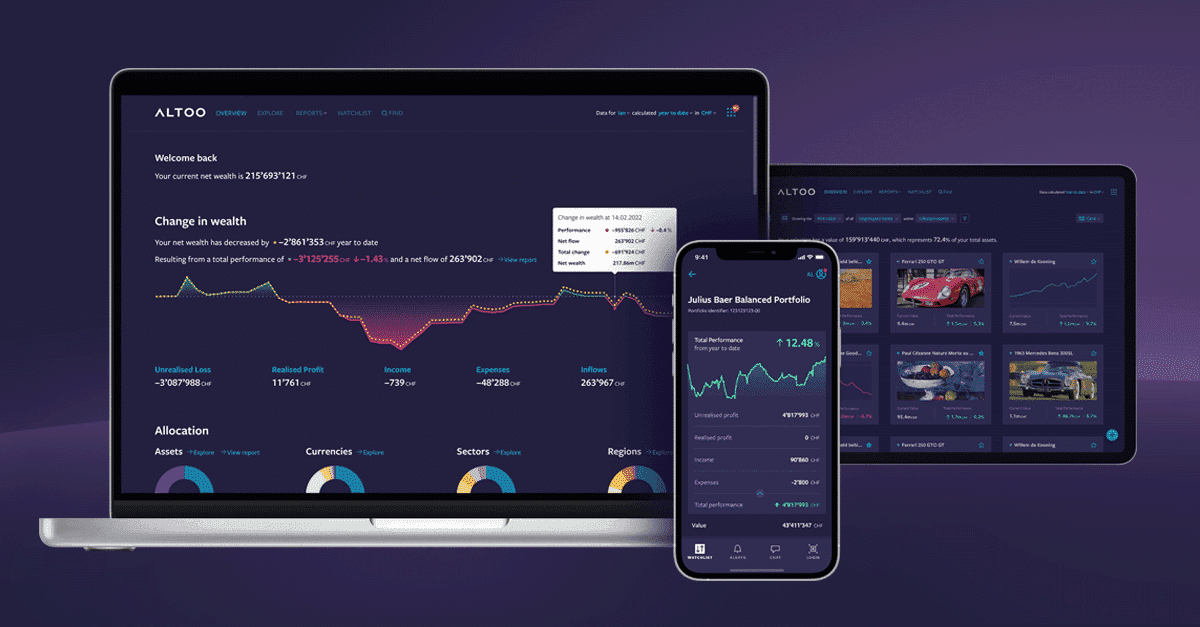Conflicting opinions on cryptocurrencies
Younger generations are particularly interested in high-risk digital assets such as cryptocurrencies. According to reports, 44% of Millennials are interested in exploring this area, compared to only 12% of people aged 55 and older.
However, it is undeniable that there are risks associated with offering cryptocurrency products, especially when considering long-term investment strategies. As oversight of this asset class begins to take shape, it should be possible to reduce the associated risks to some extent, encouraging more investors to participate and providing a protective anchor for asset management firms.
Addressing women in asset management
According to The Boston Consulting Group, the share of wealth controlled by women has increased sharply and currently stands at 32%. Moreover, according to UBS’s Women’s Wealth 2030 study, this figure is expected to grow at a compound annual growth rate of 5.7% to reach a total of $97 trillion by 2024. The design of goods, services, and marketing campaigns by companies, which often focus exclusively on men, can be blamed for much of this inequality. Wealth management companies don’t stand a chance if they only focus on men, considering how much influence women currently have and will have in the future. Therefore, it is to be expected that these goods or services will be better tailored to female demand.
Regulatory challenge
For this reason, the trend of wealth advisors using popular messaging apps such as Facebook Messenger and WhatsApp cannot be stopped. This is because ensuring that communications are handled according to compliance standards can have an impact on the client experience and the security of client information.
Wealth Aggregation: Simple, Dynamic, and Secure Beyond Compare. Discover the Altoo Wealth Platform!
As a result, regulators are imposing stricter standards for compliance, which can lead to record fines. According to the Wall Street Journal, eleven of the world’s largest banks and brokerage firms were fined $1.8 billion for regulatory shortcomings. These fines were usually reserved for fraud cases. Companies are being pressured by this trend to manage compliance more quickly, which in turn can be beneficial for the customer.
Interaction between people and technology
Preferences for digital services are strongly influenced by generational differences: 34 % of Millennials and 35 % of Generation X investors consider them important when choosing a wealth manager or financial advisor. But the importance of the older generation (55 years and older) drops to 16 %, indicating that this area is becoming increasingly important due to wealth transfer.
Many investors of all ages and regions nevertheless prefer the traditional means of long-distance communication. Some 57% prefer telephone calls, 49% prefer face-to-face meetings, and 48% prefer emails.
Despite having a significant share of global wealth, only 49% of female online investors in the US invest in digital assets, compared to 60% of men.
In conclusion, the main drivers of the evolution towards an optimal wealth management system will be technology and new and increasingly complex client needs. More clients than ever before will want access to a wider choice of goods and services. So the near future is all about this technological transformation.

















